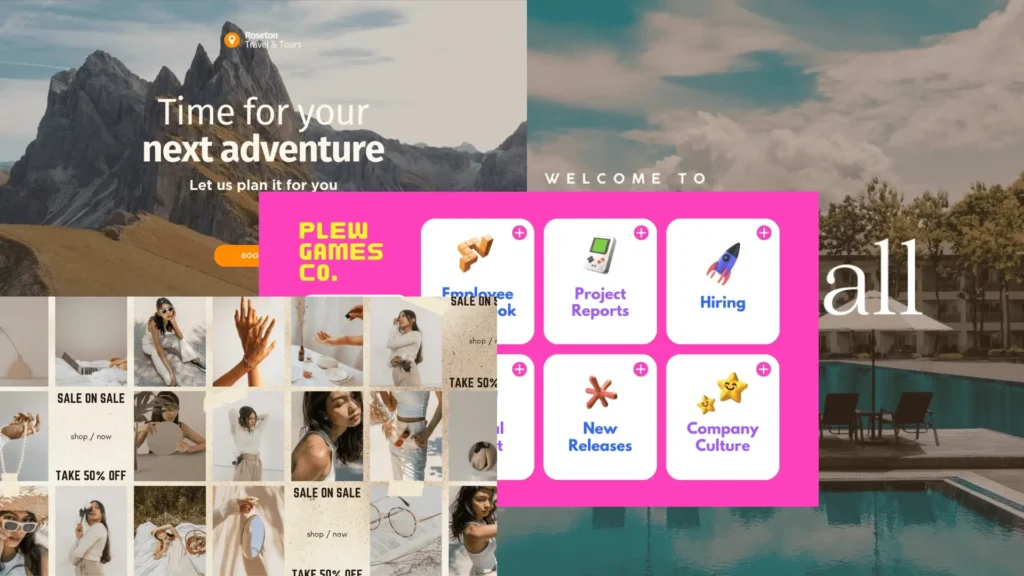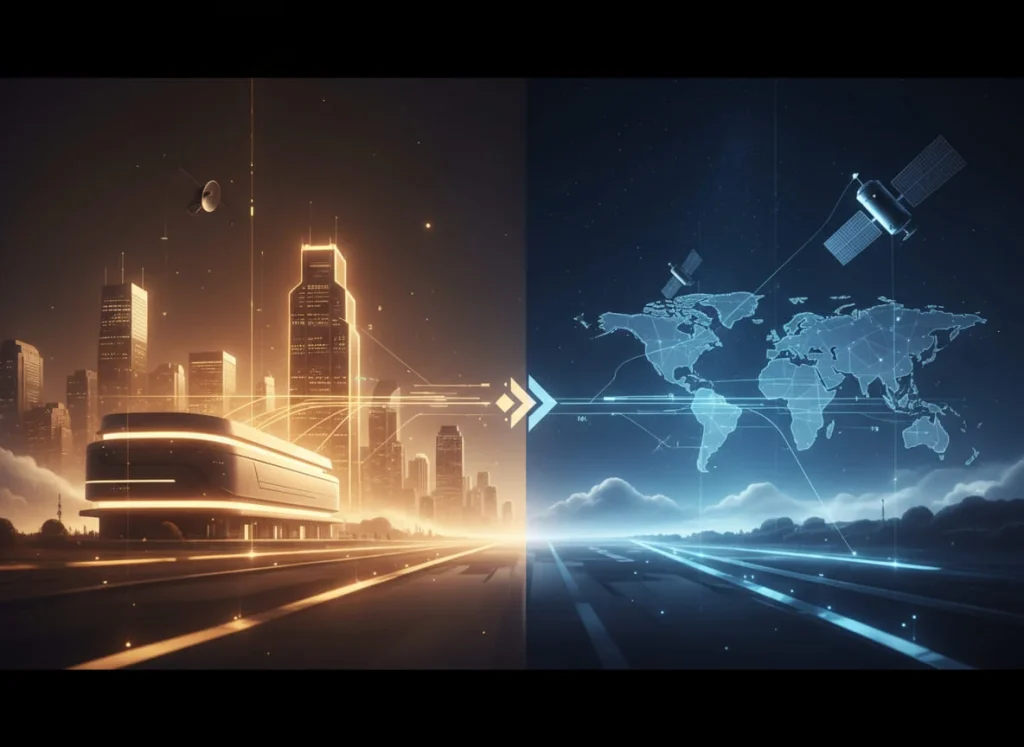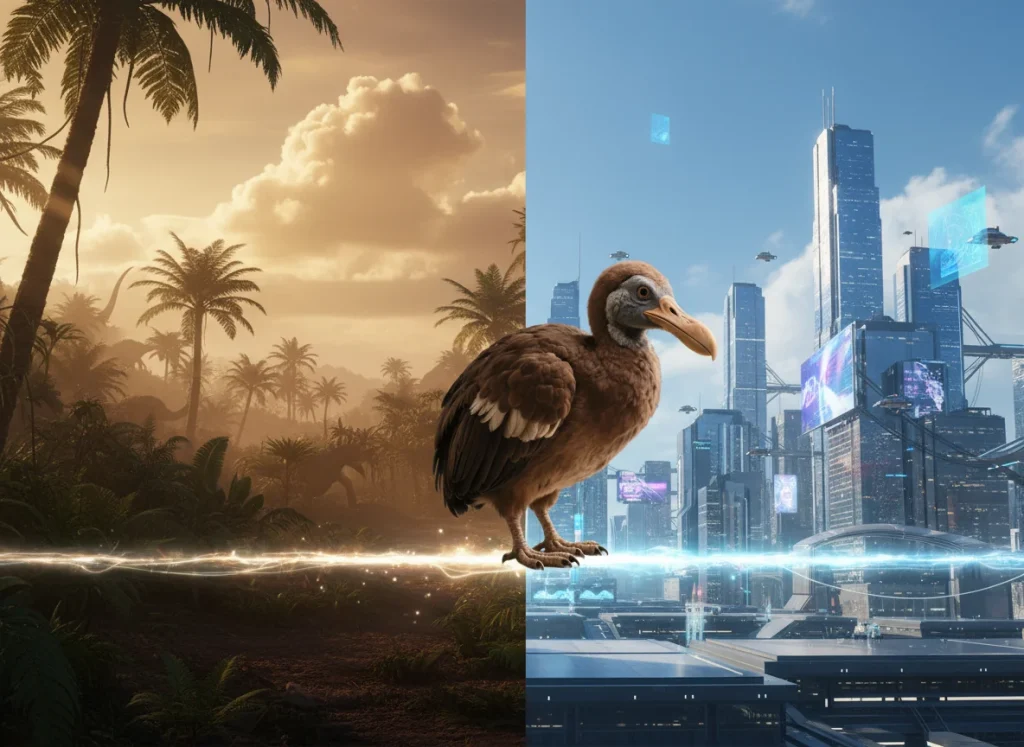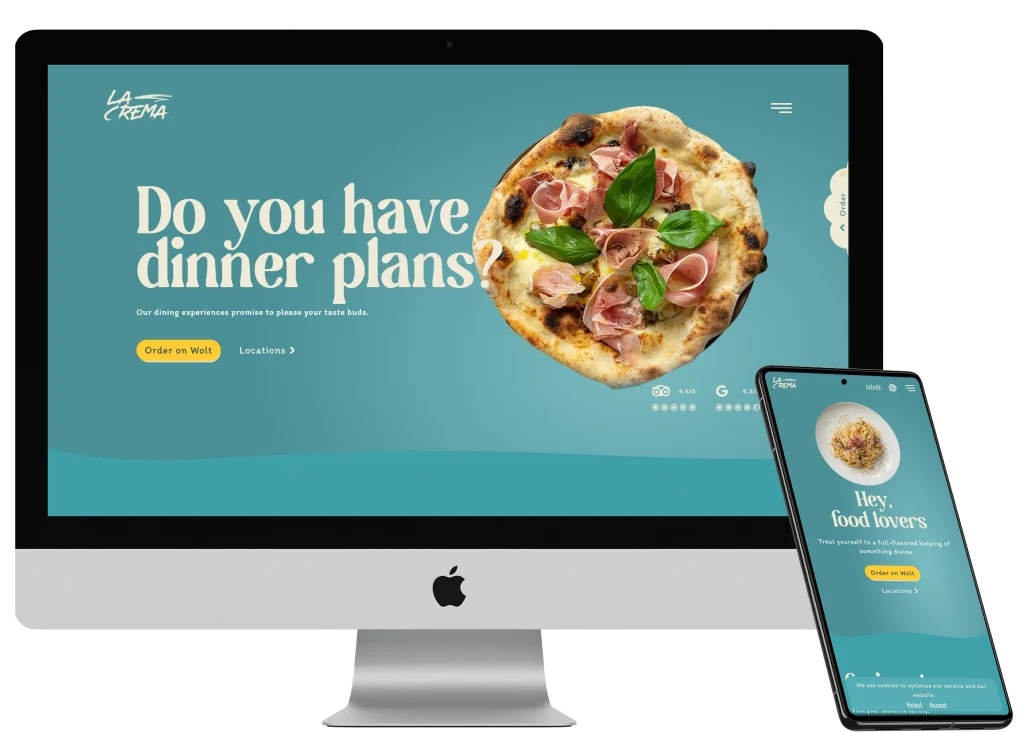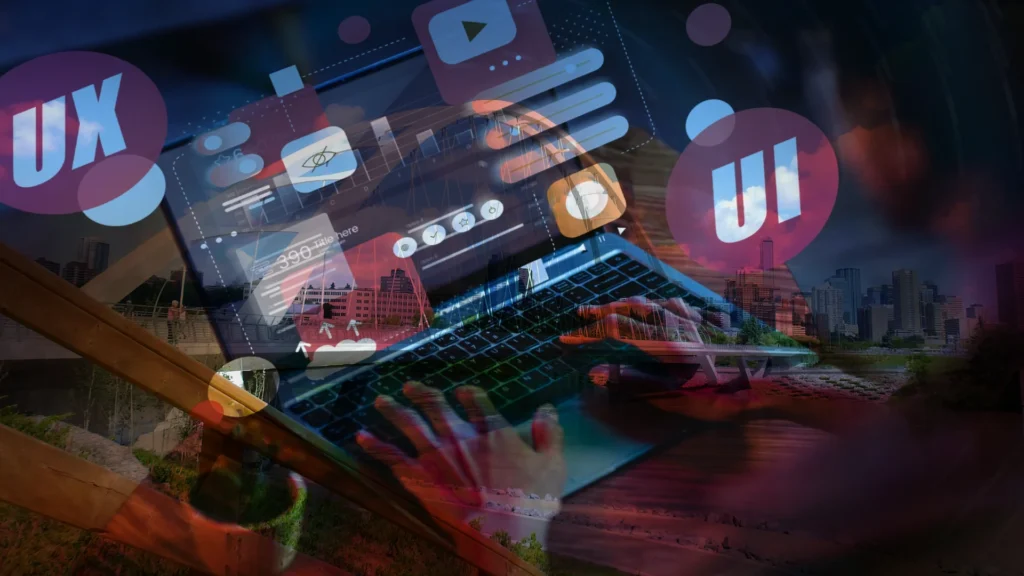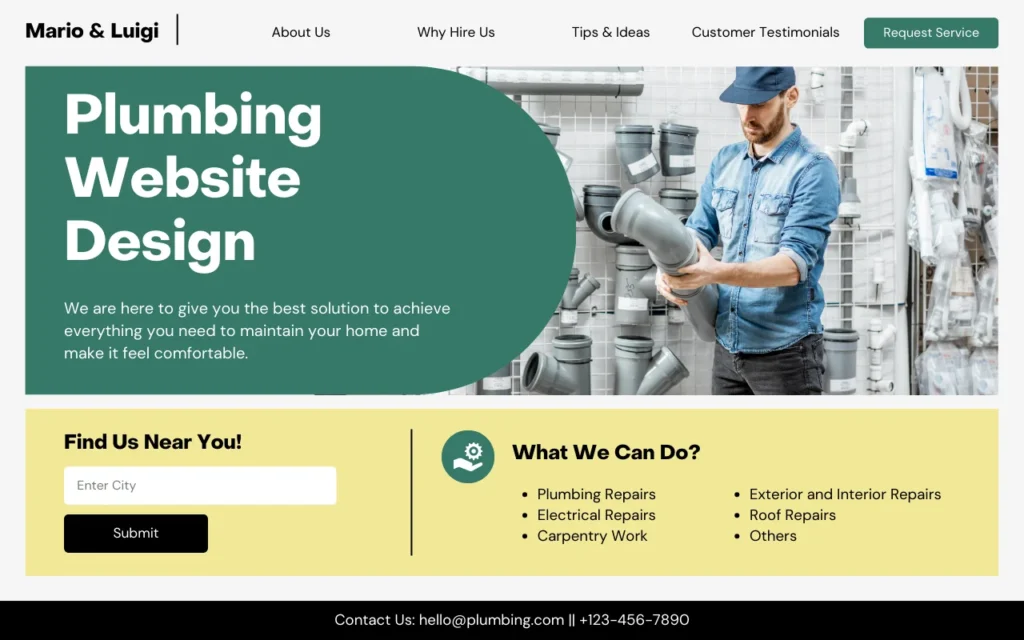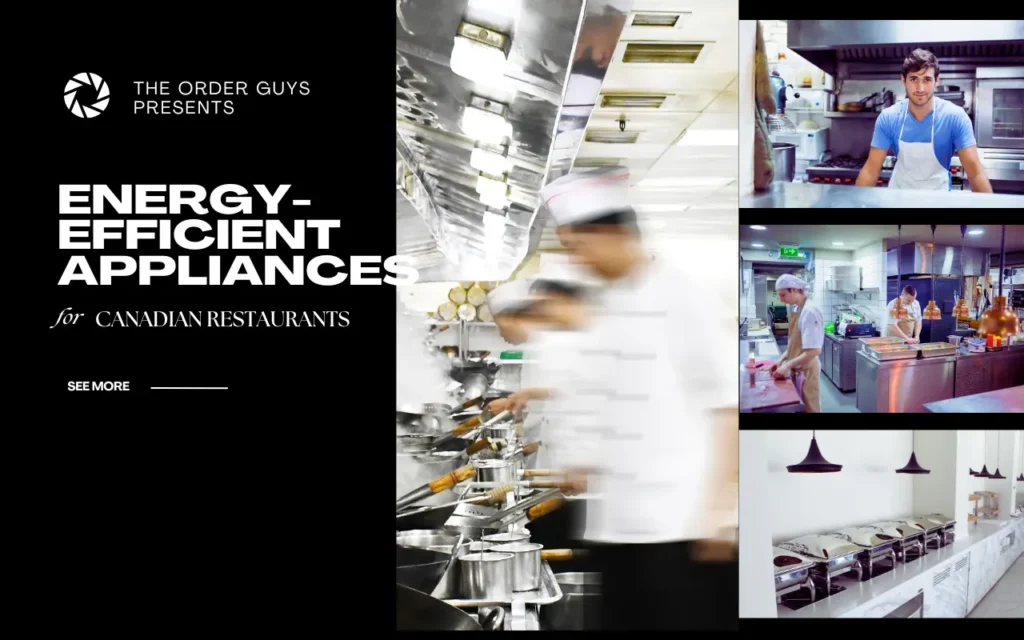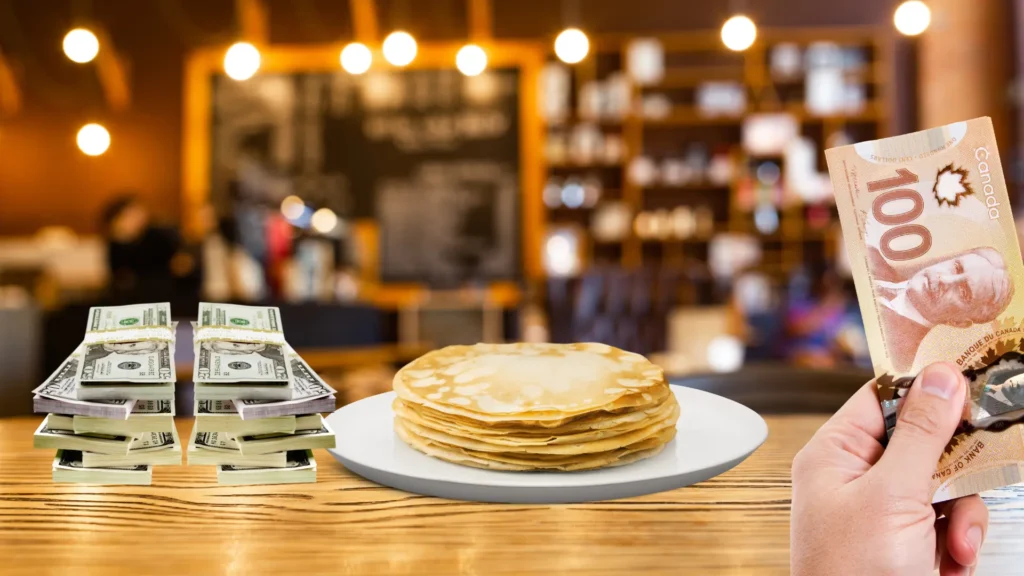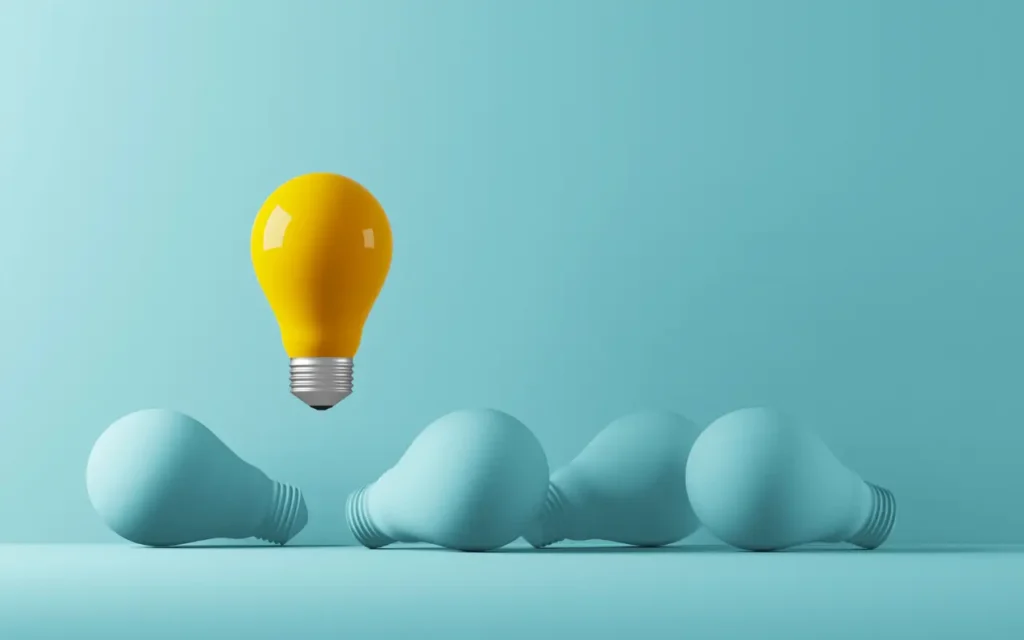In the ever-evolving digital landscape, staying abreast of the latest website design trends is crucial for creating engaging and effective online experiences. As we dive into 2024, web designers and developers are pushing the boundaries of creativity and functionality, leveraging cutting-edge technologies to craft immersive and user-centric websites. This comprehensive guide explores the top 10 website design trends that are set to dominate the digital realm in 2024, offering insights into how these innovative web design ideas can transform your online presence.
1. Dark Mode: The New Standard in Website Design Trends

Dark mode has transcended its status as a mere feature to become a cornerstone of modern website design trends. In 2024, we’re witnessing an increased adoption of dark mode across websites, offering users a sleek, contemporary aesthetic while reducing eye strain and conserving battery life on mobile devices.
Implementing Dark Mode in Your Web Design:
- Provide users with an option to toggle between light and dark modes
- Ensure proper contrast ratios for text and UI elements in dark mode
- Utilize subtle color accents to break up the monotony of dark backgrounds
Examples of Effective Dark Mode Implementation:
- Apple’s website seamlessly integrates dark mode, maintaining brand consistency across both light and dark themes
- Spotify’s web player effectively uses dark mode to create an immersive listening experience
2. Micro-interactions: Enhancing User Experience in Modern Web Design

Micro-interactions are subtle animations or feedback mechanisms that guide users through their journey on a website. These small but significant details are becoming increasingly important in website design trends, enhancing user engagement and providing visual cues for actions and system status.
Tips for Incorporating Micro-interactions in Web Design:
- Use micro-interactions sparingly to avoid overwhelming users
- Ensure animations are smooth and don’t hinder page load times
- Focus on functional micro-interactions that enhance usability
Examples of Effective Micro-interactions:
- Google’s material design incorporates micro-interactions in form submissions and button clicks
- Facebook’s reaction emojis use micro-animations to add a playful element to user interactions
3. 3D Visuals: Creating Immersive Website Experiences

With advancements in web technologies and increased processing power, 3D visuals are becoming a prominent website design trend. These immersive elements add depth and interactivity to websites, creating memorable user experiences and setting new standards in web design.
Implementing 3D Visuals in Web Design:
- Optimize 3D elements for performance across different devices
- Use 3D visuals purposefully to enhance content rather than distract from it
- Consider incorporating WebGL for complex 3D renderings
Examples of 3D Visuals in Web Design:
- Awwwards.com showcases numerous websites with creative 3D implementations
- Stripe’s homepage uses subtle 3D elements to illustrate its product features
4. AI-Driven Personalization: The Future of Web Design

Artificial Intelligence is revolutionizing web design by enabling hyper-personalized user experiences. This emerging website design trend uses AI algorithms to analyze user behavior and tailor content, product recommendations, and even design elements in real-time.
Incorporating AI-Driven Personalization in Web Design:
- Implement machine learning models to predict user preferences
- Use AI for content curation and dynamic layout adjustments
- Ensure transparency in AI-driven personalization to maintain user trust
Examples of AI-Driven Web Design:
- Netflix’s AI-powered recommendation system personalizes content for each user
- Amazon’s website uses AI to customize product suggestions based on browsing history
5. Minimalism 2.0: Functional Simplicity in Web Design

While minimalism isn’t new, its evolution in 2024 focuses on functional simplicity. This enduring website design trend combines clean aesthetics with intuitive navigation and purposeful design elements, creating websites that are both beautiful and highly usable.
Implementing Minimalism 2.0 in Web Design:
- Prioritize content hierarchy to guide users’ attention
- Use whitespace effectively to create visual breathing room
- Implement intuitive navigation with clear calls-to-action
Examples of Minimalist Web Design:
- Apple’s website epitomizes functional minimalism with its clean design and focused product presentations
- Airbnb’s interface balances simplicity with rich functionality
6. Voice User Interface (VUI): The Next Frontier in Web Design Trends

As voice-activated devices become ubiquitous, integrating Voice User Interfaces is becoming a significant website design trend. VUI enhances accessibility and user convenience, opening new possibilities for interaction in web design.
Implementing VUI in Web Design:
- Implement natural language processing for accurate voice command interpretation
- Design for voice interactions alongside traditional input methods
- Prioritize accessibility and provide clear voice interaction instructions
Examples of VUI in Web Design:
- Domino’s Pizza allows customers to place orders via voice commands on their website to “Dom”
- Bank of America’s Erica virtual assistant integrates voice banking features
7. Augmented Reality (AR): Blending Digital and Physical in Web Design

AR is bridging the gap between digital and physical worlds, offering interactive and immersive experiences directly through web browsers. This innovative web design trend is transforming how users interact with products and services online.
Incorporating AR in Web Design:
- Utilize WebXR API for creating AR experiences
- Optimize AR elements for various device capabilities
- Provide clear instructions for users to engage with AR features
Examples of AR in Web Design:
- IKEA’s website allows users to place virtual furniture in their real-world spaces
- Gucci’s AR try-on feature enables users to virtually test products before purchasing
Augmented Reality (AR) is set to revolutionize website design trends in 2024 and beyond, emerging as one of the most exciting and transformative trends in the digital landscape. As businesses seek to create more immersive and interactive user experiences, AR integration is rapidly evolving from a novel concept to an essential tool in the web designer’s arsenal.
8. Neumorphism: Soft UI Evolution in Modern Web Design

Neumorphism creates a tactile, soft, and slightly three-dimensional appearance, often using soft shadows, highlights, and gradients to give elements like buttons and cards a raised or sunken effect.
It edges toward experimental website design trends blending skeuomorphism and flat design, but continues to linger in 2024. This style creates a soft, extruded plastic look that adds depth to user interfaces, offering a fresh take on web design aesthetics. A portmanteau of “New” and “Skeuomorphism,” is a design trend that has gained significant traction in UI/UX circles. This style creates a soft, extruded plastic look that adds a subtle but distinctive depth to user interfaces, offering a fresh take on web design aesthetics.
Implementing Neumorphism in Web Design:
- Use subtle shadows and highlights to create the neumorphic effect
- Maintain sufficient contrast for accessibility
- Apply neumorphism selectively to avoid overwhelming the design
Examples of Neumorphic Web Design:
- Dribbble showcases numerous neumorphic UI designs that demonstrate this trend
- Apple’s iOS design incorporates elements of neumorphism in its interface
Neumorphism combines elements of skeuomorphism (making items resemble their real-world counterparts) and flat design. The key characteristics of neumorphic design include:
- Soft shadows: Elements appear to be pushed slightly out of the background, creating a subtle 3D effect.
- Monochromatic color schemes: Often using a single base color with slight variations for shadows and highlights.
- Low contrast: The design aims for a gentle, eye-friendly look with minimal color diversity.
- Soft, blurred edges: Unlike sharp drop shadows, neumorphic shadows are soft and diffused.
9. Responsive and Adaptive Typography: Enhancing Readability in Web Design

With the diversity of devices and screen sizes, typography that adapts to different viewing contexts is crucial. In 2024, we’re seeing more sophisticated approaches to responsive and adaptive typography as a key website design trend.
Implementing Responsive Typography in Web Design:
- Use variable fonts for seamless typography scaling
- Implement fluid typography that adjusts based on viewport size
- Consider readability and legibility across different devices
Examples of Responsive Typography in Web Design:
- The New York Times website adjusts typography dynamically for optimal reading experiences across devices
- Medium’s clean, responsive typography enhances readability on various screen sizes
10. Sustainable and Ethical Design: Responsible Web Design Trends

As environmental and social consciousness grows, sustainable and ethical design practices are becoming a significant trend in web design. This approach considers the broader impact of digital products on society and the environment.
Implementing Sustainable Web Design:
- Optimize website performance to reduce energy consumption
- Use eco-friendly hosting solutions
- Implement ethical data collection and usage practices
Examples of Sustainable Web Design:
- The Website Carbon Calculator helps designers measure and reduce their sites’ carbon footprints
- Patagonia’s website reflects its commitment to sustainability through both content and design choices
Conclusion: Embracing Innovative Web Design Ideas
The web design landscape of 2024 is characterized by a blend of aesthetic innovation and functional enhancement. From the widespread adoption of dark mode and the subtle charm of micro-interactions to the immersive potential of 3D visuals and AR, these website design trends are shaping a more engaging and user-centric web. AI-driven personalization and voice interfaces are making websites more adaptive and accessible, while trends like neumorphism and responsive typography are refining visual aesthetics.
As we implement these innovative web design ideas, it’s crucial to remember that good design is ultimately about enhancing user experience. Each trend should be applied thoughtfully, with consideration for your specific audience and brand identity. Moreover, the growing emphasis on sustainable and ethical design practices reminds us of our responsibility to create digital experiences that are not only visually appealing and functional but also mindful of their broader impact.
As we move forward, we can expect these website design trends to continue evolving, driven by technological advancements and changing user expectations. The key to successful web design in 2024 and beyond lies in balancing innovation with usability, creating websites that are not just at the cutting edge of design but also deeply resonant with user needs and values. By staying informed about these trends and implementing them strategically, designers and developers can create compelling, effective, and future-proof web experiences.

